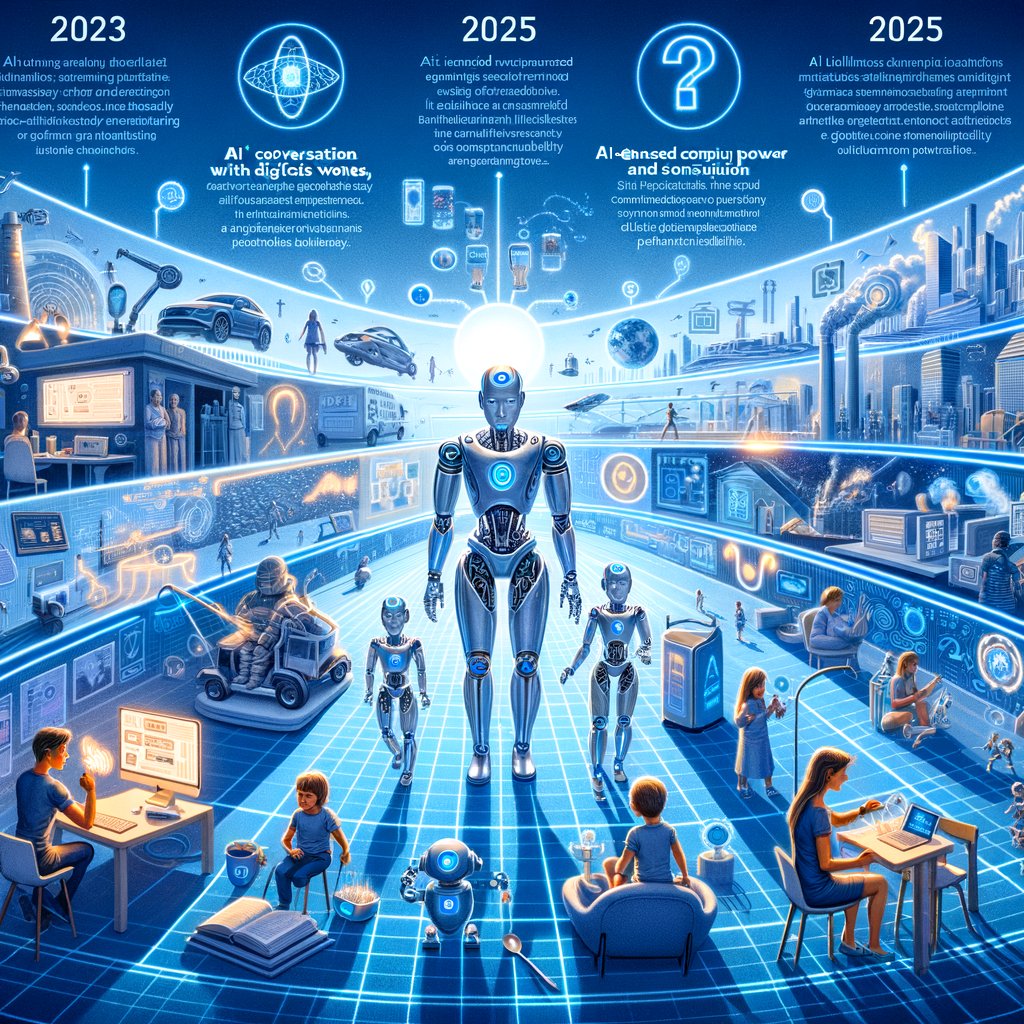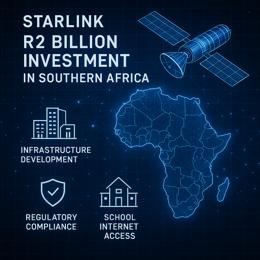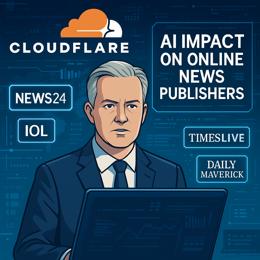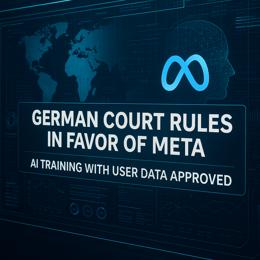Image created by AI
The Future of AI: Expansions and Ethical Dilemmas Loom in 2025
The trajectory of artificial intelligence (AI) has been nothing short of meteoric, and 2025 is poised to further this trend amid significant headwinds. This past year has seen innovations that once belonged squarely in the realm of science fiction—conversing with digital versions of deceased loved ones, AI-powered religious confessions, and even smart toothbrushes. Moreover, giants like OpenAI have made ambitious claims about surpassing human intelligence soon.
Despite these advancements, the AI landscape is encountering new challenges. The promise of increased capabilities through neural scaling laws—improving AI by enlarging model sizes and data sets—is hitting a plateau. OpenAI's latest endeavor, the o1 model, attempts to bypass this hurdle by enhancing computing power to tackle more complex problems without necessarily expanding the model size. However, this introduces higher costs and doesn't address issues like data hallucinations, where AI presents false information as fact.
The AI development pace allows for some breathing room for global consensus and regulation to catch up, an opportunity underscored by emerging technologies and their implications. For instance, AI capabilities are now being used to create humanoid robots like Tesla’s Optimus, which are poised to transform household chores as well as manufacturing processes by 2026.
Moreover, with AI's integration deeper into everyday applications—from assisting students like the AI robot teacher Anny in Karachi to enhancing workplace productivity with AI "copilots"—the technology's footprint in human lives is expanding. Companies are innovating relentlessly, as evidenced by Amazon deploying over 750,000 robots in its operations and new startups making domestic robots more accessible.
However, the expansion of AI also raises substantial ethical concerns, particularly regarding data. The reliance on massive data sets for AI training is hitting a resource wall, compelling a shift towards AI-generated synthetic data which carries potential biases that may reinforce existing inequalities. These issues amplify the call for stringent data ownership and privacy regulations.
Accompanying these technological advancements are significant movements in regulatory landscapes. While the incoming U.S. administration indicates a dial-back on AI regulation, contrasting stances in the EU and Australia advocate for firmer controls, particularly on high-risk AI applications. This dichotomy underscores the global discord on how best to harness and hobble this potent technology.
On a cautionary note, as AI systems become ubiquitous, the phenomenon identified as "enshittification" by Macquarie Dictionary points to a potential decline in online platform quality, a fate hopefully avoidable in AI's evolution.
Navigating this complex tapestry of technological advancement, market forces, and regulatory frameworks, 2025 will undoubtedly be a pivotal year in AI's journey. Stakeholders across the spectrum, from developers to end-users and regulators, will need to tread carefully to balance innovation with ethical accountability and societal safety.










